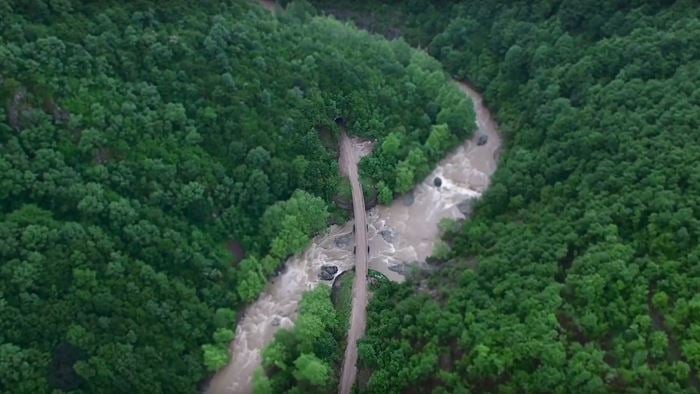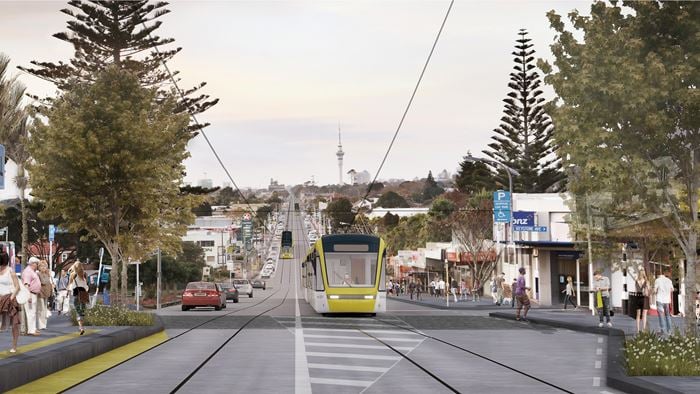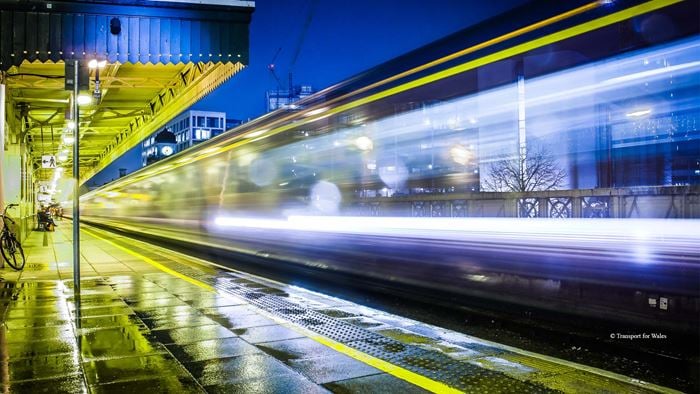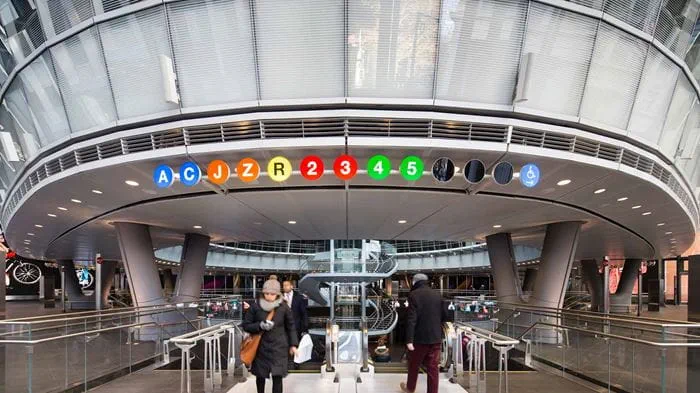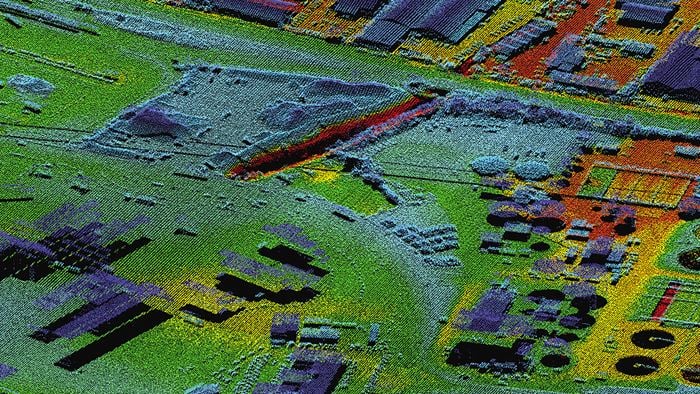Network Rail’s Wessex Route is one of the busiest sections of Britain’s rail network – covering the major commuter area of south-west London and London Waterloo to the south and south-west of England. It includes 643 miles of track, 4394 signals and Europe’s busiest station in terms of traffic – Clapham Junction, where 2000 trains pass through every day.
Wessex’s capital investment commitment during the current control period (CP5, 2014-2019) encompasses several thousand separate pieces of new build, reconstruction and refurbishment works.
A coordinated approach, enabling efficiencies
Traditionally, railway capital works are carried out by a wide range of engineering disciplines each specialism operating in silos. Working on their project portfolio of ‘workbanks’ led to work clashes and duplication of effort where projects overlapped. The scale of works faced in 2014 required a new, coordinated approach for all infrastructure works within Wessex.
A single source of truth
Teams required more complete information about workbanks in a single, accessible place, and to be alerted to potential work interfaces with other disciplines and programmes.
The answer lay in a dynamic, easily-updated, online tool that provides Wessex with a ‘single source of truth’ for its consolidated workbank – an app that is accessible to users internally and externally, using a visual language and reporting systems that were familiar to managers.
For the first time, all Wessex staff are able to visualise and interrogate workbanks spatially across disciplines and programmes.
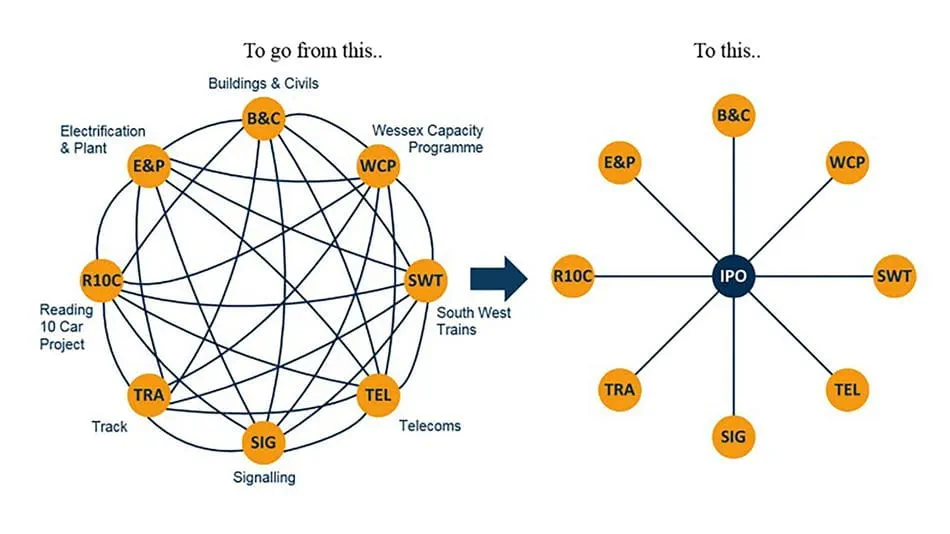
“The App allows projects to be planned with more certainty and delivered with less disruption. Wessex Route has demonstrated the great efficiencies and benefits this approach to managing the workbanks can bring, and other Routes are greatly interested in this tool.…We see the magnitude of information growing significantly, boosting confidence in the data and tool and improving identification of interfaces. It is a great pleasure to work with Arup who bring a breadth and depth of knowledge which has made our concept a reality. ” Chris Cornish Programme Director, Network Rail
Community relations also benefit. Wessex is now better equipped to communicate with residents and business owners about work taking place along the track corridor. Wessex Customer Relations reported that ‘the Workbank App has reduced a week-long task to ten minutes.’
A contextual, visual solution
Work locations across the range of engineering disciplines, Buildings & Civils, Electrification & Plant, Signalling, Track Geotechnics and Drainage can be visualised in schematic and map-based views of the network. This provides a clarity for project works that ‘siloed’ information limits. The schematic view provides an overview of activities across the route and highlights all trackside interfaces – particularly valuable in scaled-up congested areas.
The map view provides the real-world location of workbanks for on-site planning. By automatically highlighting and linking interfacing workbank activities, the app enables users to identify projects that may impact their own, as well as providing the contact details for the relevant Wessex colleagues to discuss the issue with.
With all workbank data represented both spatially and in tables, this enables more informed and time-efficient decision-making. The data is kept up to date as the workbanks are collected every four weeks and uploaded to the tool after checking. The functionality in the app highlights changes and opportunities and lets users visualise workbanks in ways that simply weren’t possible before.
For the first time Wessex managers can access a resource that tells them of all of the work being carried out on their route, a first for Network Rail and the rail industry.
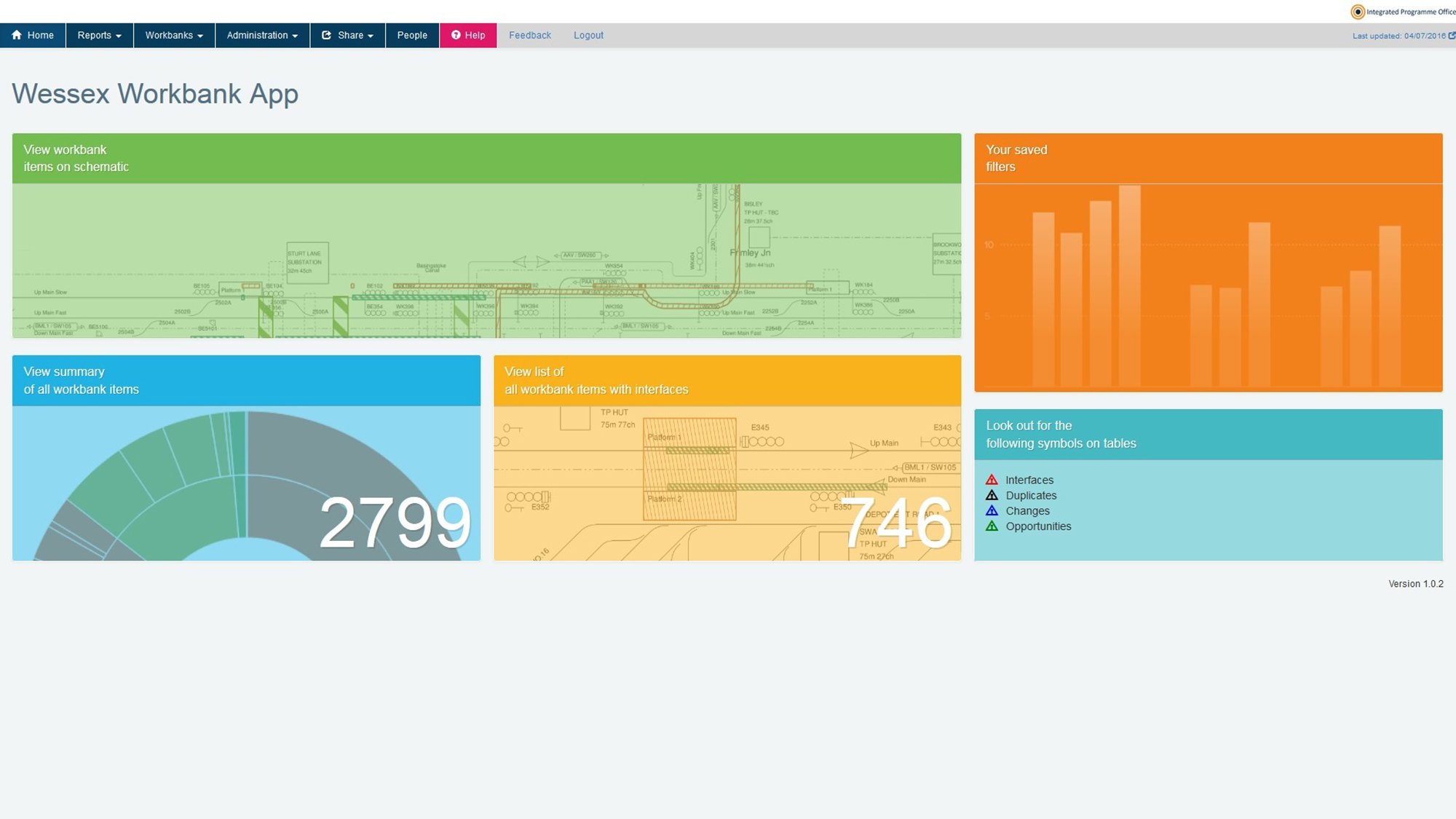 ;
;
